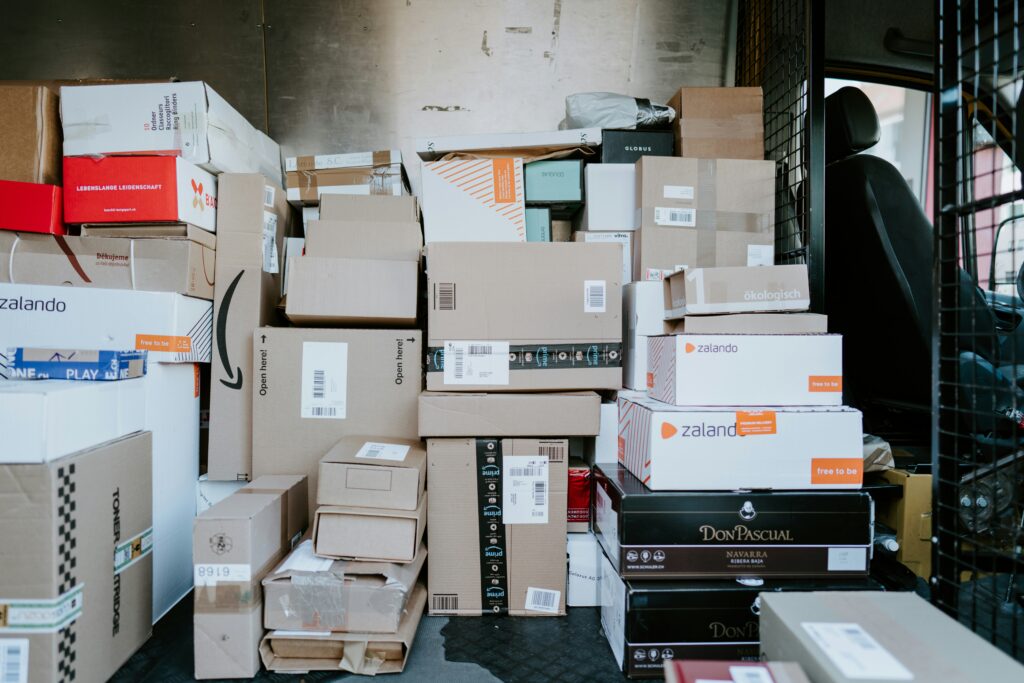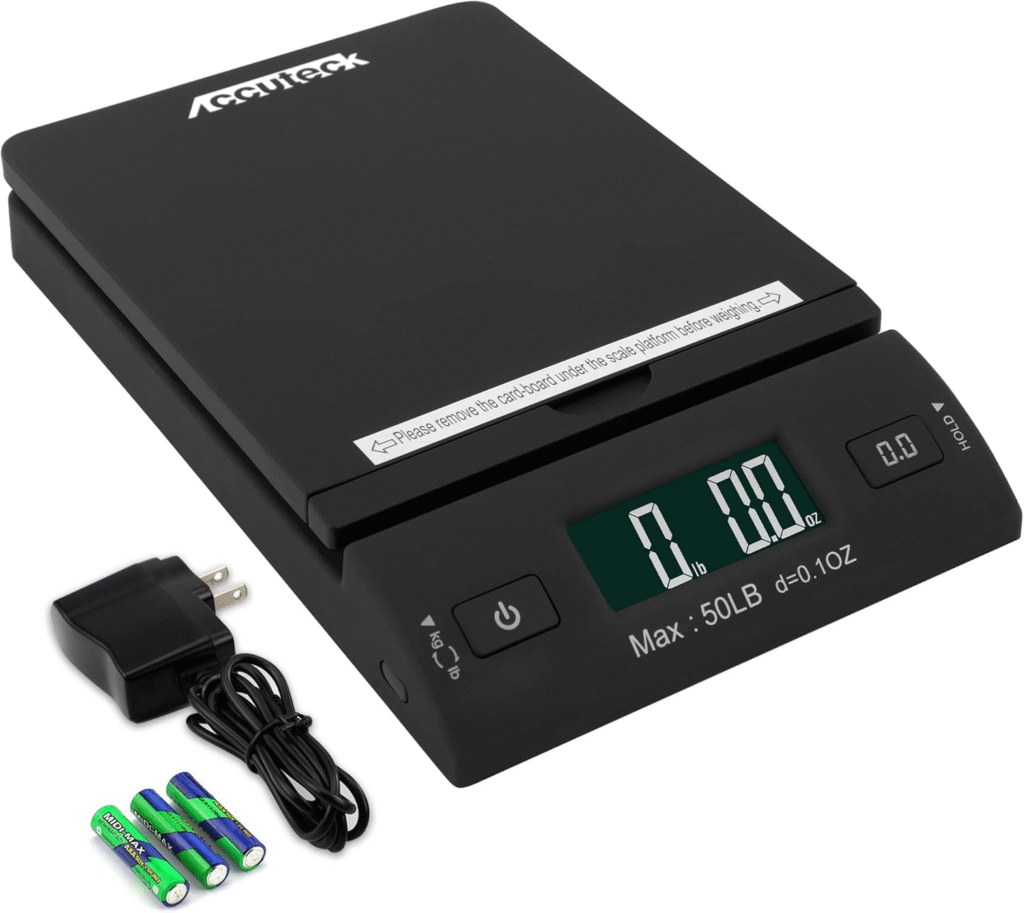Mass and weight often get bundled together in casual conversation—but when it comes to conversions, knowing the difference matters. Mass refers to the amount of matter in an object, while weight is the force exerted on that mass due to gravity. Though they’re related, they’re not the same—and converting between units can save you serious hassle.
So when might you actually need these conversions? Turns out, they’re more common than you think:
This post contains affiliate links. Affiliate links are one way we keep our converters free forever. If you click through and make a purchase, we may receive a commission at no cost to you. Thank you for your support!
Travel and International Shipping

Airlines and couriers live by weight limits—and most operate in metric units. If you’re packing a suitcase for your dream escape or sending a care package overseas, switching between pounds, kilograms, and grams helps avoid fees and delays.
Science, Education, and Engineering
From classroom experiments to spacecraft design, professionals and students rely on accurate mass and weight conversions. Converting grams to kilograms or pounds to newtons can unlock insight into gravitational forces—especially when comparing different environments, like Earth vs. Mars.

Nutrition and Cooking
Whether you’re meal prepping or translating a French recipe into something your pantry understands, weight and mass conversions bring consistency. Grams, ounces, and pounds are standard across nutrition labels and global kitchens.
Crafting, DIY, and Product Sourcing
Need to know how much your box of beads weighs before listing it in your shop? Mass conversions help creators plan projects, price products, and source materials with precision—especially when working across international markets or with suppliers who list specs in unfamiliar units.


